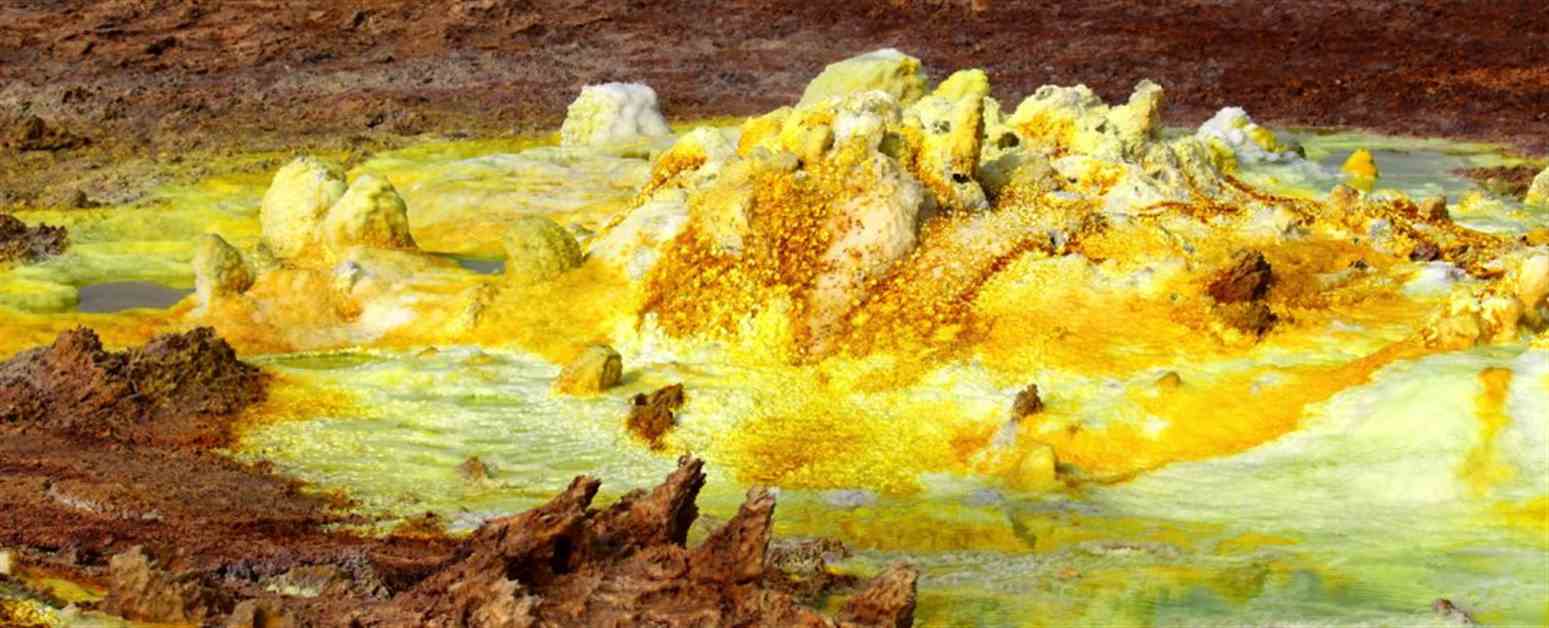Scientists have made a remarkable discovery about a third form of life known as archaea. These single-celled organisms have been found to produce energy using hydrogen gas and unique enzymes in ways that are quite different from bacteria and eukaryotes.
The researchers found that archaea have been using ultraminimal enzymes to generate hydrogen gas for billions of years. These enzymes are not only the smallest compared to other life forms but also the most complex enzymes known so far for consuming and producing hydrogen.
One of the study’s co-leaders, Pok Man Leung from Monash University, points out that humans have only recently started exploring hydrogen as an energy source, while archaea have been utilizing it for a billion years. This discovery opens up new possibilities for biotechnologists to produce hydrogen industrially.
Hydrogen is widely used in various industries such as fertilizers, chemicals, and food processing. However, its potential for energy storage and steel-making with zero emissions is gaining attention, especially when produced using renewable energy sources like water.
The research team used advanced techniques to study the genetic code of over 2,300 archaeal species clusters and predict the structure of the enzymes responsible for hydrogen production. This led to the discovery of unique hybrid complexes in archaea that combine different types of hydrogenases for energy production.
The findings shed light on the metabolic adaptations of archaea and provide insights into their evolutionary history. The study also highlights the potential for developing streamlined hydrogen catalysts for biotechnological applications.
While this research marks a significant step in understanding how archaea produce energy, there is still much to learn about these fascinating organisms. With many archaea species yet to be discovered, there could be even more innovative ways in which they generate energy waiting to be uncovered.
This groundbreaking study has been published in the journal Cell, showcasing the remarkable capabilities of archaea in harnessing hydrogen for energy production.

